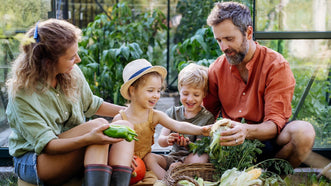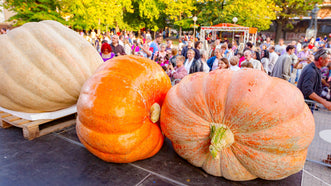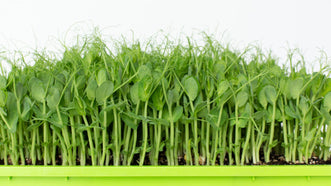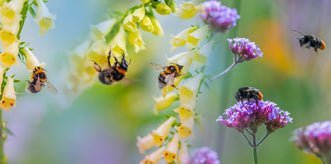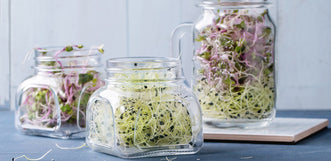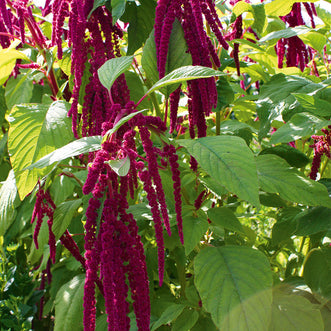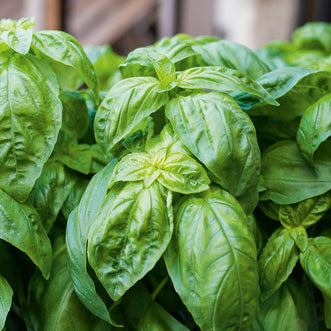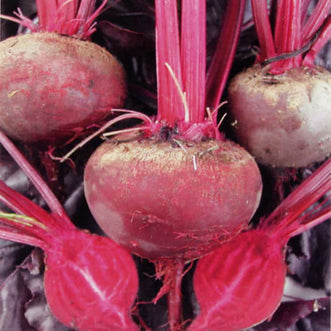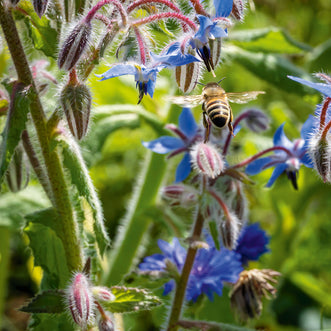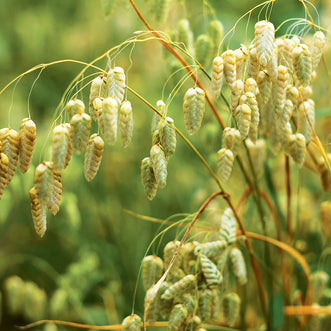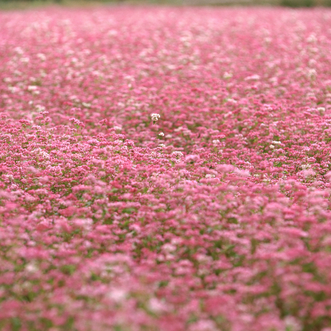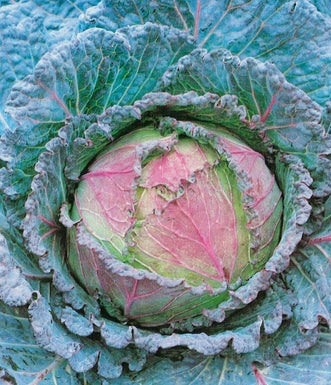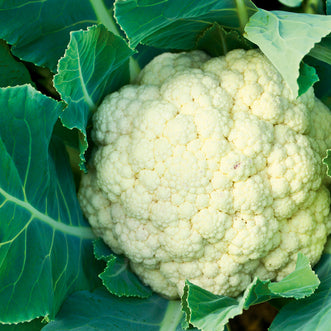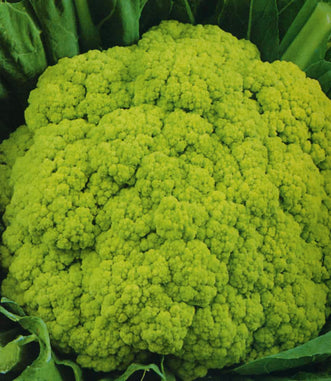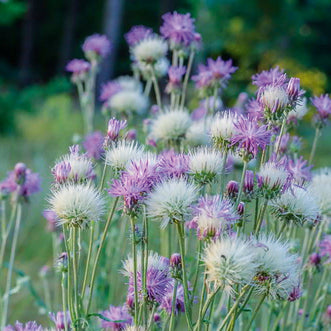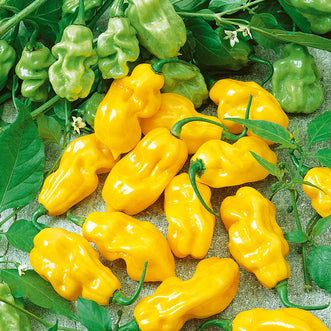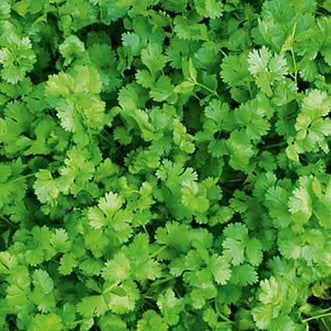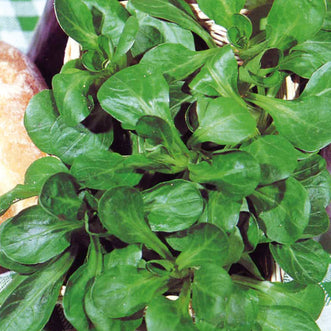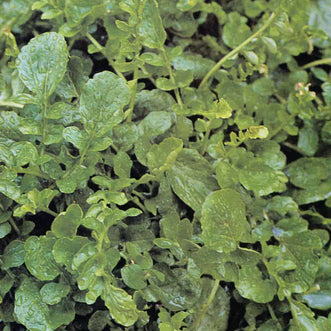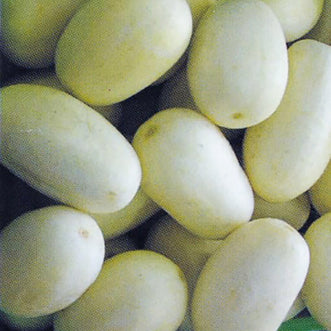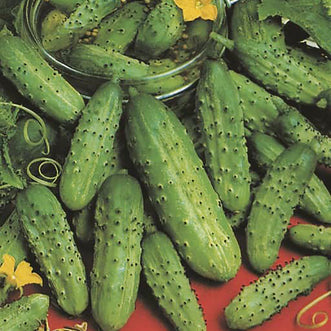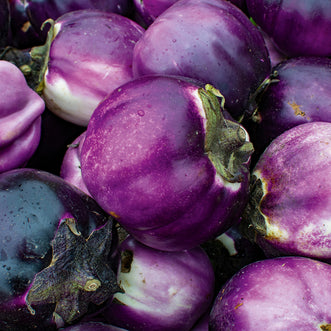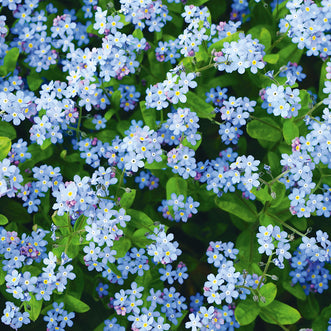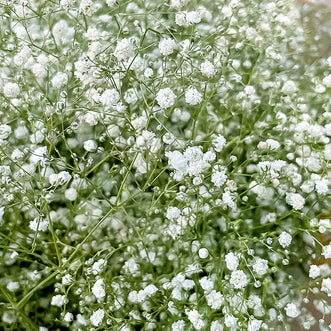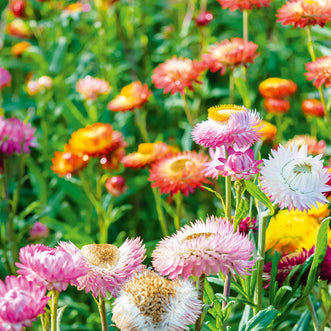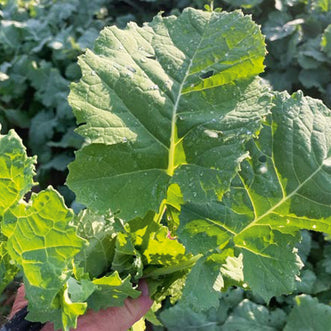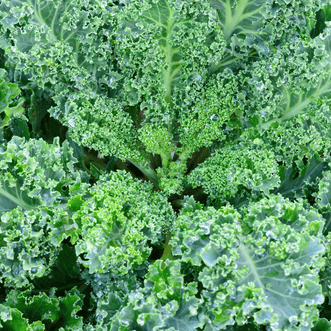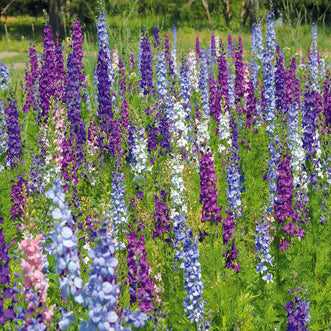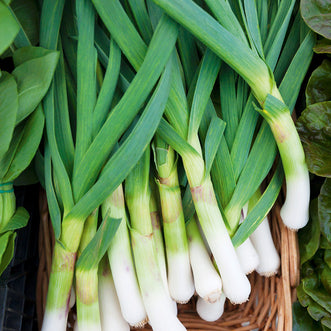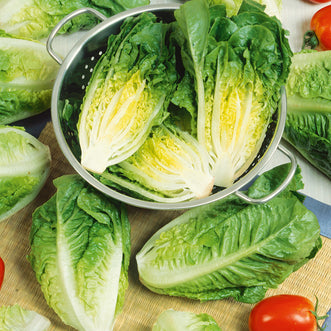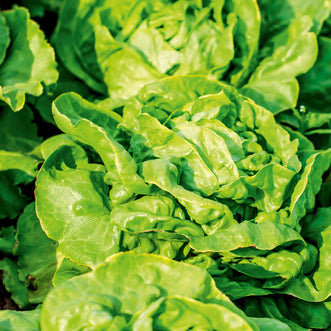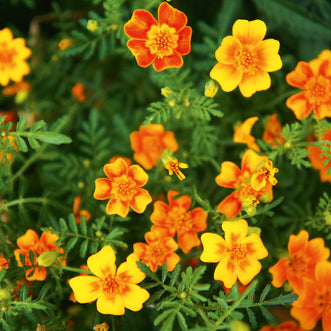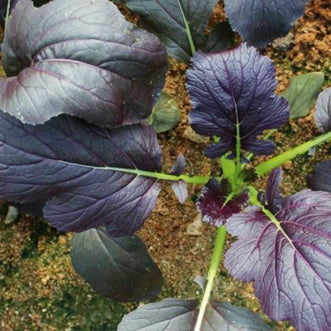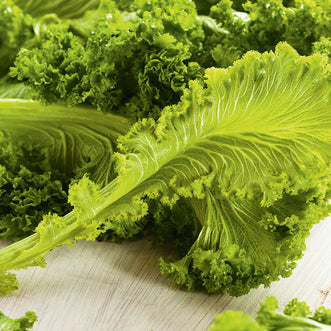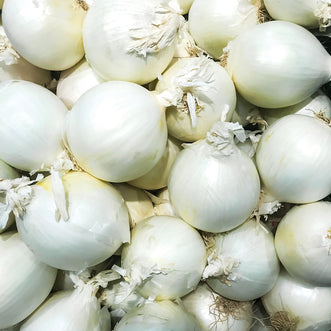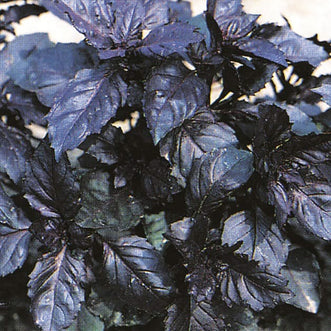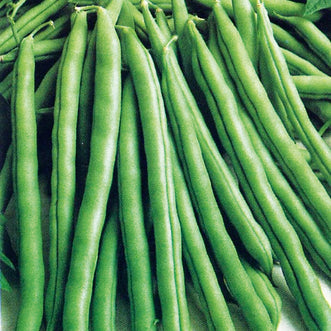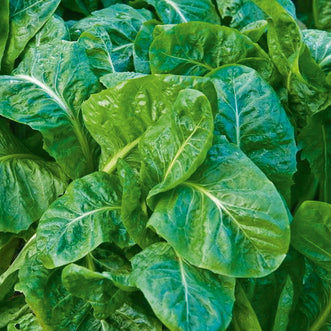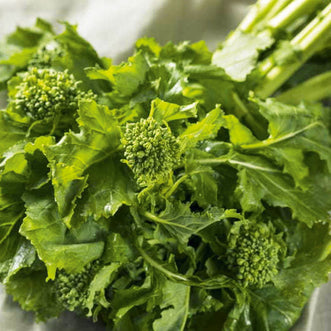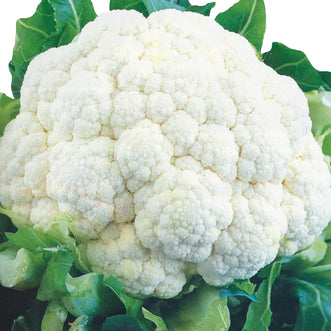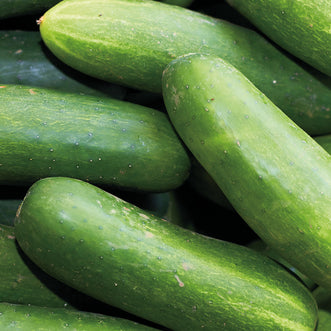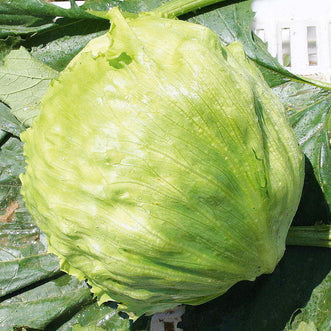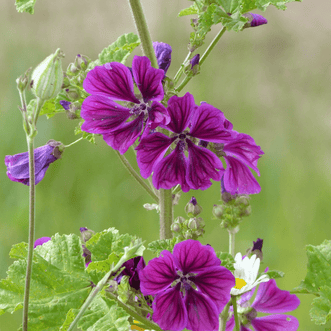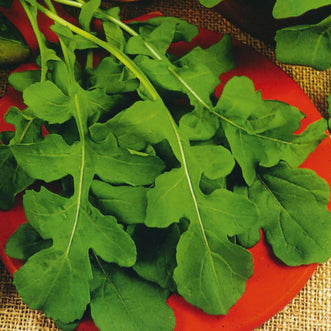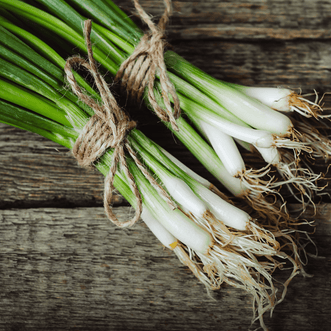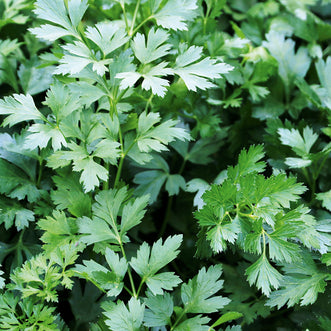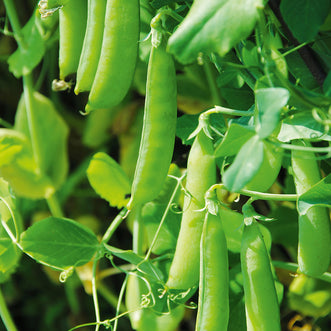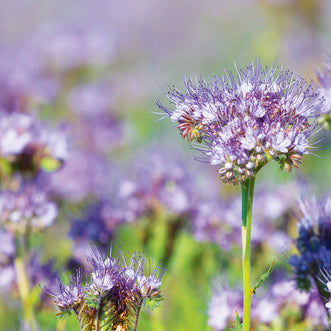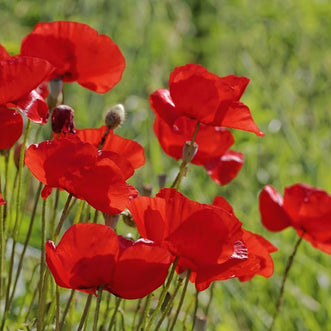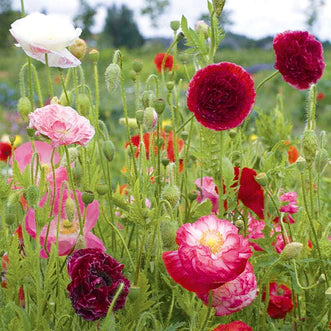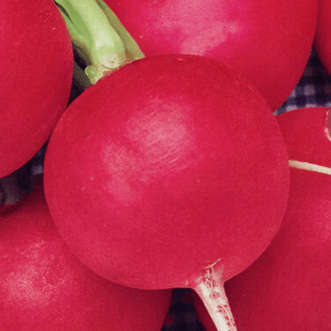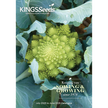A Food Forest in waiting


We’ve also planted some lavender plants, and some oregano, thyme and chives. In the shade, we have planted some violets, which will eventually spread out as ground cover and give us pretty scented, edible flowers.

In the pots, the herbs have sprung back to life now that it is warmer, the violas are still going strong, the lemongrass has happily survived the winter and is starting to green up again, and the freesias are still in bud, but about to flower. The anemones are flowering – so far all the anemones in full flower are a stunning red, but there are some white buds in waiting, and I’m looking forward to seeing them open.

It always pays to do a walk round the garden, even when it is mostly a wasteland with piles of soil and mulch everywhere. This week we discovered some shiitake mushrooms had sprouted on the mushrooms logs again. Delicious! We love our mushrooms logs - they don’t need much looking after – just a suitable spot in the shade (I put them on some piles of river rocks to keep them up off the soil), and they just keep on producing. We’ve yet to get mushrooms from the logs we made recently – the logs that are producing were made about two years ago now.
The main focus for the garden recently has been gathering a collection of fruiting trees and shrubs for our food forest planting. We are planning to put in swales, to maximise water and nutrient retention, and plant a food forest. And yes, the front lawn seems to be the best site – it is a north-facing, sloping site that seems perfect for a productive food forest.
Food forests are not as obscure as they used to be – it has been exciting hearing more and more about them in the magazines, gardening blogs and media recently. The general idea when designing a food forest is to mimic a natural forest ecosystem, by providing plants that thrive and support each other in a succession of layers. A food forest is low-maintenance and sustainable. A food forest design can include large fruit and nut trees forming a canopy layer, lower-growing dwarf fruiting trees forming an under storey, with shrubs (for example, currents and berries) below that. Another layer below the shrubs will be made up of herbs and annual crops, at ground level are ground covers such as strawberries, or other ground covers/creepers and below that are root crops. Another layer of the garden is including climbing vines. Finally, you can design your food forest to include aquatic plants and mycelia. Our design includes a garden pond, and our mushroom logs will be moved into the food forest when there is enough shade for them there.

We had our bare-rooted fruit trees delivered a couple of weeks ago, so they have been heeled in on a big pile of topsoil we happen to have on the back lawn, where the trees are merrily beginning to flower.

It’s late to be planting them, but then Spring is late here. We have various apple varieties, pear, prune plug, nectarine, peach, plum and some citrus. We also have guavas, gooseberries and currents to plant underneath as part of the shrub layer. Other plants that form some other layers of the food forest we can add after the main planting is complete. It’s all very exciting, and in our next blog post we will be able to show you how the permablitz, to get this garden underway, took place!

